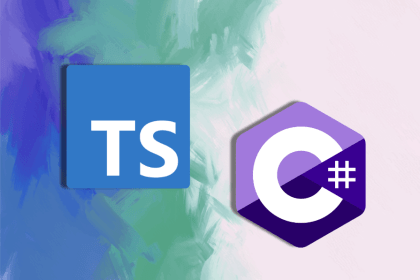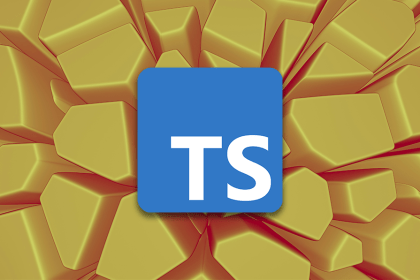
Coming from C# can quietly sabotage your TypeScript code. This article shows how to swap nullable flags and enums for discriminated unions and literal types so your Angular apps model state cleanly and stay easy to reason about.

Writing REST APIs by hand is a thing of the past. Frameworks like tRPC, Fastify, and Hono eliminate boilerplate with schema-driven design, improving speed and safety.

Learn when to use TypeScript, Zod, or both for data validation. Avoid redundant checks and build safer, type-sound applications.

Explore the key features of TypeScript 5.9, including the redesigned tsc –init command, the new import defer syntax, expandable hovers, and significant performance improvements.

Better Auth is an open-source, TypeScript-first auth library with adapters, schema generation, and a plugin system. Here’s how it works and how it stacks up to Clerk, NextAuth, and Auth0.

Learn how to properly handle rejected promises in TypeScript using Angular, with tips for retry logic, typed results, and avoiding unhandled exceptions.

A deep dive into the Liskov Substitution Principle with examples, violations, and practical tips for writing scalable, bug-free object-oriented code.

Learn exactly how to iterate over numeric and string enums in TypeScript, with practical code snippets and type-safe patterns.

We explore the benefits of building an app with React, TypeScript, and Vite, and compare its performance to the same app built with CRA.

Explore how to pass functions and structured objects as parameters in TypeScript, including use cases, syntax, and practical scenarios.

Discover the basics and advanced use cases of type casting, how and why to use it to fix type mismatches, and gain some clarity on casting vs. assertion.

TypeScript adds static typing to JavaScript code, which helps reduce unpredictable behavior and bugs. In the past, TypeScript code couldn’t […]